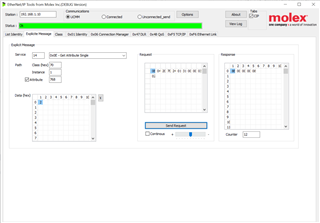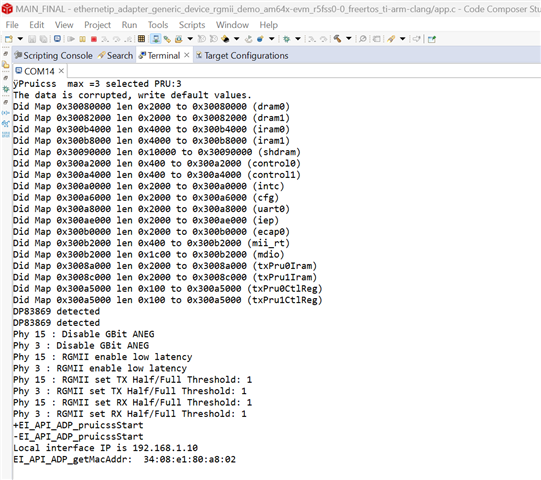Hi,
Sub: Handling Custom Explicit Messages in Ethernet IP Adapter Application on Industrial Communication SDK9.00.03.
Issue : Handling Custom Explicit Messages in Ethernet-IP Adapter Application.
How do we handle Explicit Messages and Implicit messages in the current SDK 9.00.03.
Do you have any sample code for handling custom Explicit Messages in Ethernet-IP in Industrial Communication SDK 9.00.03.
Please Note We could get device Id ,device Slno using explicit message however custom class data could not get.
Thank You.



